Collaborative Research Initiatives
Collaborative research initiatives among academic institutions, biotechnology firms, and healthcare organizations are fostering innovation within the Novel Cell Sorting and Separation Market. These partnerships often lead to the development of cutting-edge technologies and methodologies that enhance cell sorting capabilities. For example, joint ventures focusing on stem cell research and regenerative medicine are particularly reliant on efficient cell separation techniques. Data indicates that collaborative projects have increased by 25% in recent years, reflecting a growing recognition of the importance of interdisciplinary approaches. Such collaborations not only accelerate research timelines but also facilitate the sharing of resources and expertise, ultimately driving advancements in the market.
Rising Incidence of Chronic Diseases
The rising incidence of chronic diseases is a significant factor influencing the Novel Cell Sorting and Separation Market. As the prevalence of conditions such as cancer, diabetes, and cardiovascular diseases continues to escalate, there is an increasing need for effective diagnostic and therapeutic solutions. Cell sorting technologies play a crucial role in the identification and treatment of these diseases, enabling researchers to isolate specific cell populations for further analysis. Market data suggests that the global burden of chronic diseases is expected to reach USD 47 trillion by 2030, underscoring the urgent need for innovative solutions. This growing demand for effective disease management is likely to propel the adoption of advanced cell sorting technologies.
Growing Demand for Personalized Medicine
The increasing emphasis on personalized medicine is a pivotal driver for the Novel Cell Sorting and Separation Market. As healthcare shifts towards tailored therapies, the need for precise cell sorting becomes paramount. Personalized medicine relies heavily on the ability to isolate specific cell types for targeted treatments, particularly in oncology and immunotherapy. Market analysis suggests that the personalized medicine sector is expected to grow at a compound annual growth rate of 10% over the next five years. This growth is likely to propel the demand for advanced cell sorting technologies, as researchers and clinicians seek to develop more effective and individualized treatment plans. Consequently, the Novel Cell Sorting and Separation Market stands to benefit significantly from this trend.
Increased Funding for Biotechnology Research
Increased funding for biotechnology research is a driving force behind the growth of the Novel Cell Sorting and Separation Market. Governments and private investors are recognizing the potential of biotechnological innovations to address pressing health challenges. This influx of capital is facilitating the development of novel cell sorting technologies that enhance research capabilities and clinical applications. Recent statistics indicate that funding for biotechnology research has increased by over 30% in the past three years, reflecting a strong commitment to advancing healthcare solutions. As more resources are allocated to this sector, the Novel Cell Sorting and Separation Market is likely to see accelerated growth, driven by the demand for innovative sorting solutions.
Technological Advancements in Sorting Techniques
The Novel Cell Sorting and Separation Market is experiencing a surge in technological advancements that enhance sorting techniques. Innovations such as microfluidics, acoustic sorting, and advanced imaging technologies are revolutionizing the efficiency and accuracy of cell sorting processes. For instance, the integration of artificial intelligence in sorting systems allows for real-time analysis and decision-making, which significantly reduces processing time. According to recent data, the market for microfluidic devices is projected to reach USD 8 billion by 2026, indicating a robust growth trajectory. These advancements not only improve the precision of cell separation but also expand the applications of these technologies in research and clinical settings, thereby driving the overall market growth.


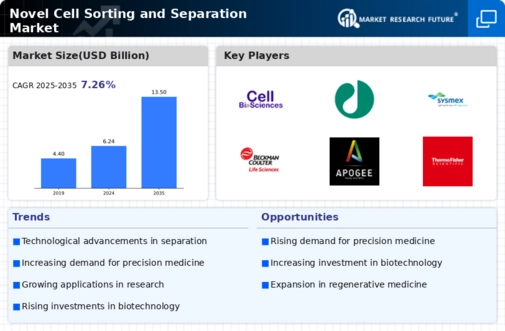
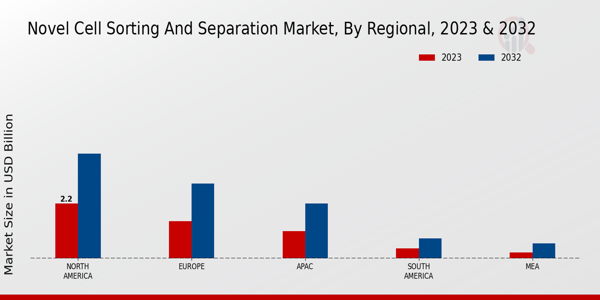
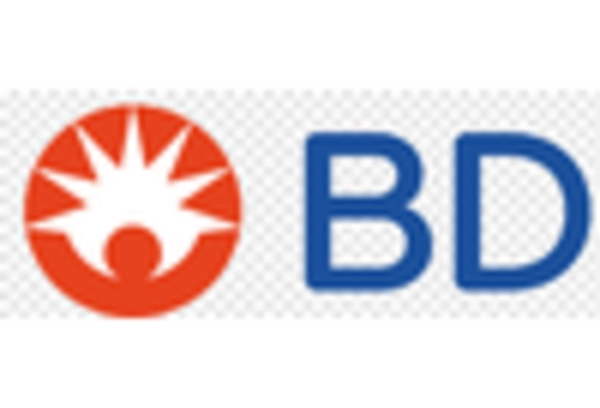
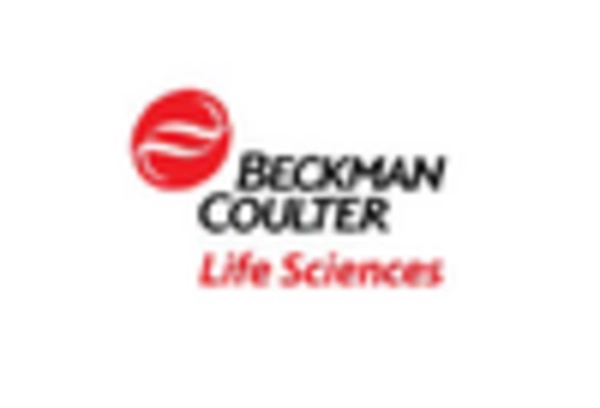
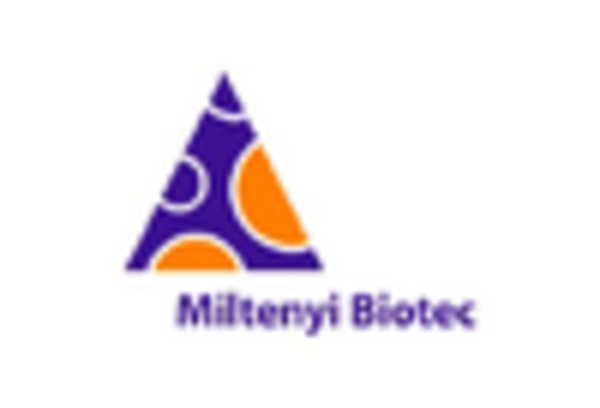
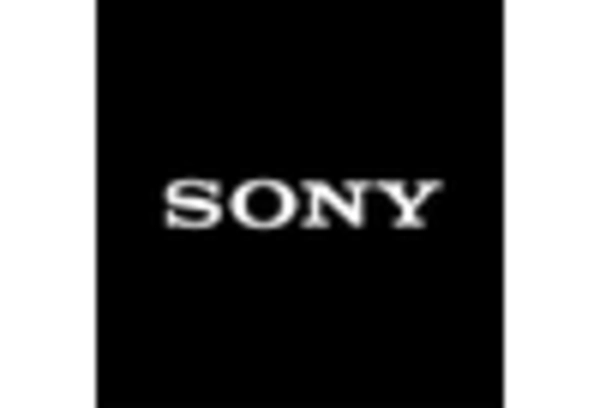
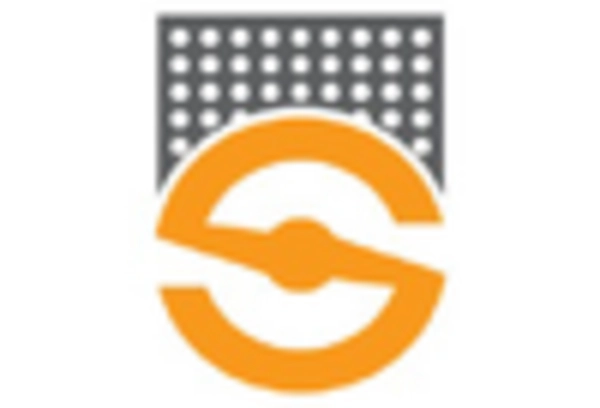









Leave a Comment